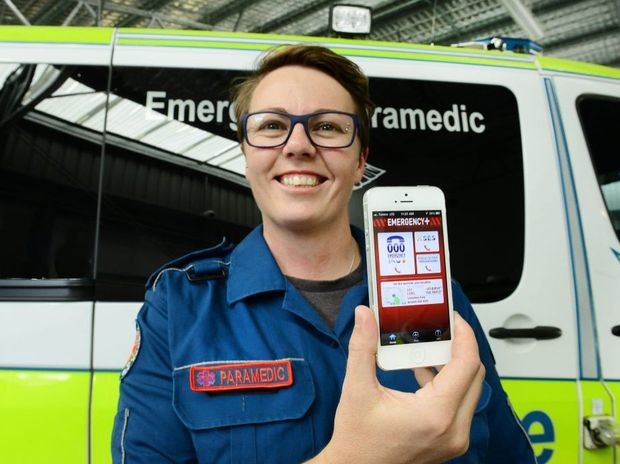I recently attended the Apps for Health digital health conference in Hamilton hosted by Mohawk College’s mHealth and eHealth Development and Innovation Center at MEDIC. Dr. Jane Philpott, Minister of Health in Canada, was the Keynote speaker who opened up the conference. She highlighted the key areas and healthcare priorities that the Ministry of Health is concentrating on:
 Focus on Mental Health Patients, Those With Mobility Issues, and Seniors
Focus on Mental Health Patients, Those With Mobility Issues, and Seniors
Three key healthcare priorities for the government are mental health patients, patients with mobility issues, and seniors. They are looking for companies with innovative ideas to connect, inspire and motivate self care and prevention for these individuals as they are costing the government huge amounts of money in emergency care. Personalized medicine and customized delivery of services for these populations, patients with chronic diseases and the patient consumer as a whole is also of utmost importance. The government is looking to innovative companies to bring a more patient centric approach to healthcare delivery.
Greater Availability and Usability of Telemedicine and Robotics Should be a Key Priority
There are large populations in Canada, especially with indigenous groups, who live in rural and northern communities and who do not have abundant or easily accessible healthcare available to them. Often they are transported to larger cities for care by specialists or to have specific interventions such as chemotherapy or surgery. The cost of flights and hotels, which are budgeted at around $825M annually, are the kinds of preventable expenses that the government is looking to alleviate through telemedicine, telehealth, and robotics. The question comes down to how these technologies, and the legislation surrounding them, can become more available and usable for the general practitioner population.
 Leverage Resources We Have in the Community Such as Nurse Practitioners and Paramedics
Leverage Resources We Have in the Community Such as Nurse Practitioners and Paramedics
Paramedics in the community are becoming an increasingly important resource especially in rural communities as well as for patients with mobility issues and for seniors. Having the ability to dispatch health care interventionalists to help troubleshoot issues and be on site as required, equipped with mobile app technologies to transfer data to hospitals, doctors, and specialists, is going to be pivotal in the future. Recently, the Ontario government also provided new prescribing authority for nurse practitioners in order for them to provide faster access to care for patients requiring controlled substances such pain, anxiety, sleep disorders, palliative care and addiction medications. Ontario’s pursuit to help patients access timely care that is closer to home is outlined in their Patient’s First: Action Plan for Health Care.
Access to Data and the Interoperability of Disparate Systems Have to Be Made Healthcare Priorities
Unfortunately, the government has not mandated the universal uptake of a single system to integrate data across hospitals, healthcare hubs or across provinces. Instead, they have decided to create an interoperable layer above the electronic medical record systems chosen by each individual center or family healthcare network to assist the systems to “speak” to each other. The good news is that standards are being updated and FHIR is replacing HL7 and the use of the OpenID Connect interface is becoming increasingly popular. In addition, in the US, the use of SMART on FHIR is allowing small healthcare app companies to “patch” their app into systems they would have never been able to access because of operability and data access issues. This could open up an entirely new world around useful apps that can be distributed within healthcare systems and networks such as www.goget.fit, www.iamsick.ca and www.poprx.ca. Presently, government sponsored organizations such as OntarioMD and private companies like Novari Health are working with key regions in the province to create and deliver innovative solutions for eConsults, Health Report Managers, eNotifications, eReferrals, eBooking, and managing patient wait times. Other companies such as www.celltrak.com, www.cognisantmd.com, and www.emergeer.com are also trying to lace the complex mire of workflow issues in and between centers in order to make delivery of care simpler and data transfer more streamlined.
Opportunities Remain for a More Seamless System Where Patients Can Participate in the Information Flow
Although patients in Ontario can request a copy of their medical records from their healthcare providers, the legislation does not presently allow patients to have access to a patient portal where they can be in direct contact with their data and healthcare providers. We do see this changing as more advocates and health IT stakeholders join the conversation and provoke the current ecosystem to flex. At Impetus Digital, we look forward to being the catalyst for these disruptive discussions and to work with a myriad of healthcare stakeholders to ask the provocative questions and to stir the pot with some innovative solutions. Our online portal allows for these types of advisory boards and steering committees to help drive positive change in the evolving world of health.




